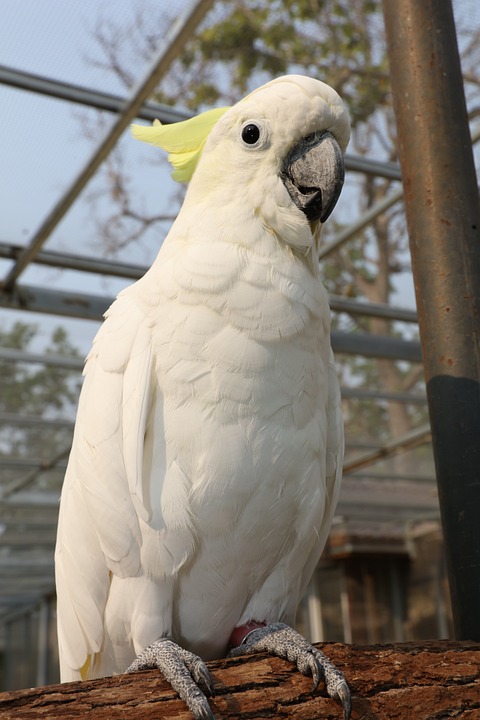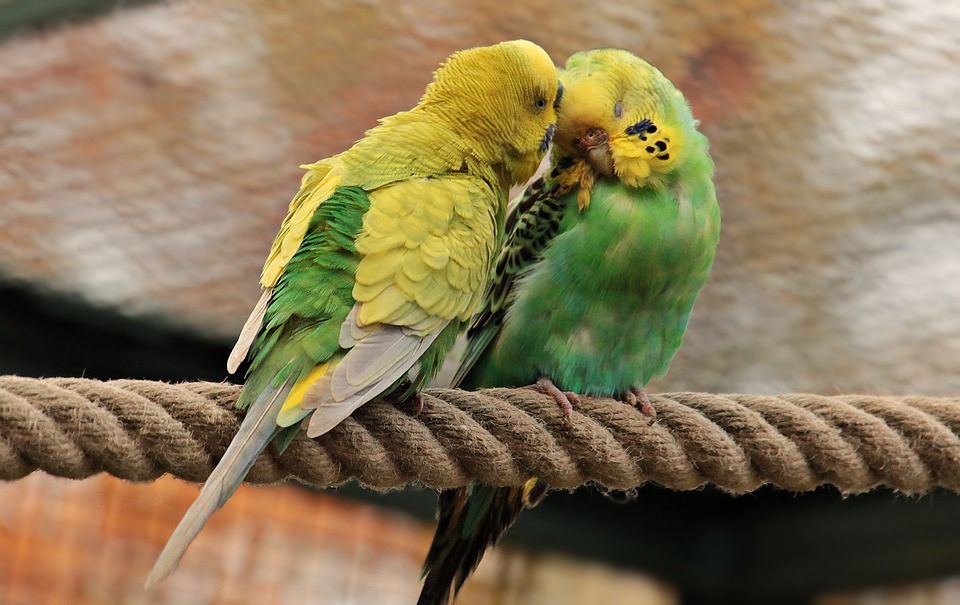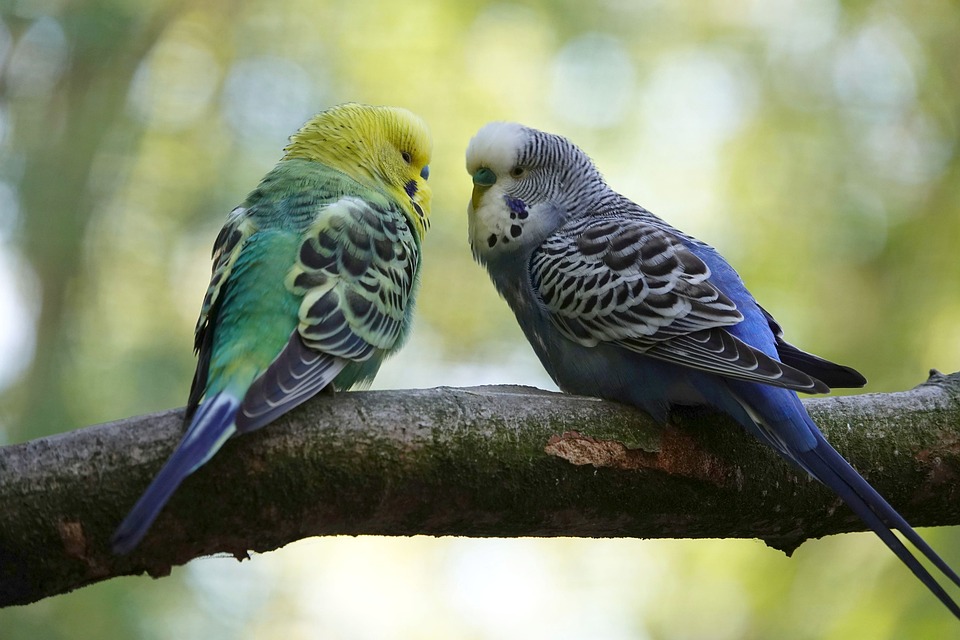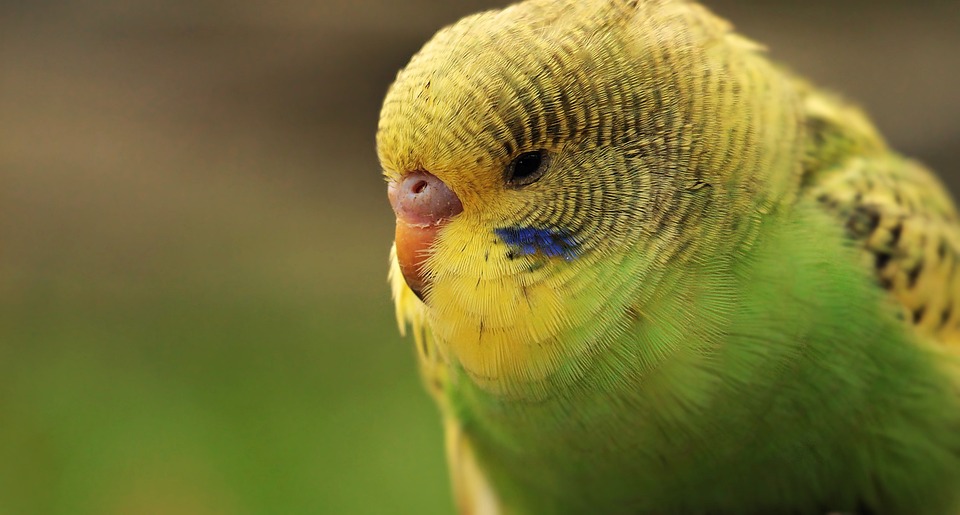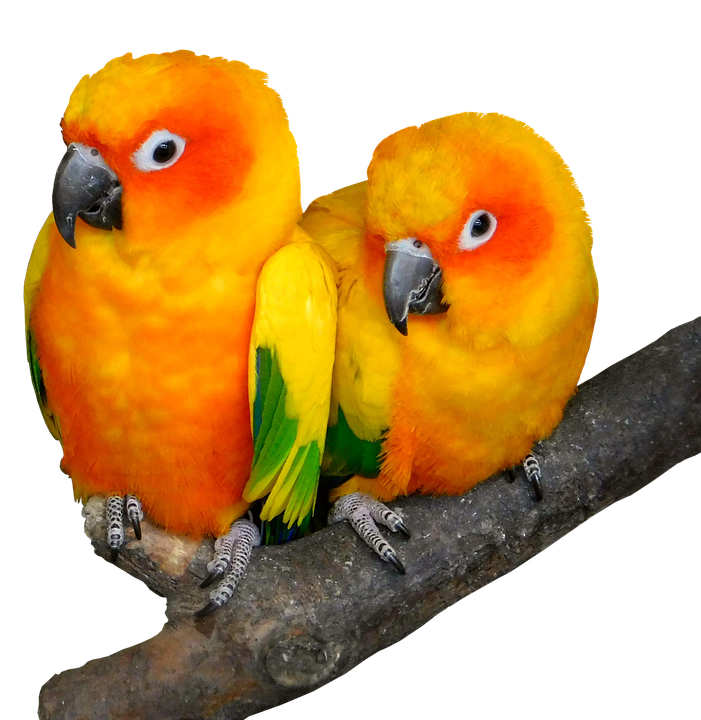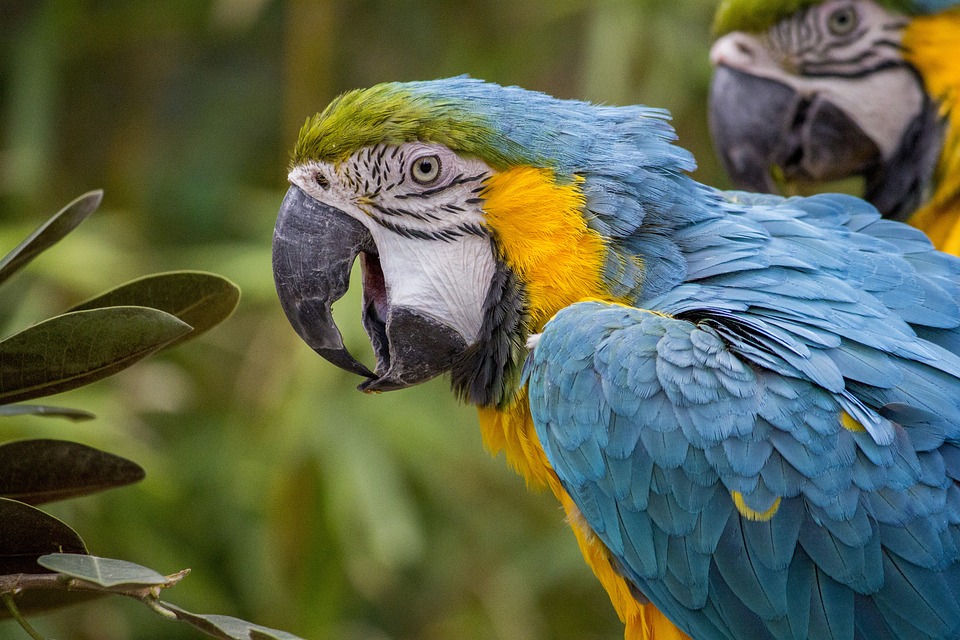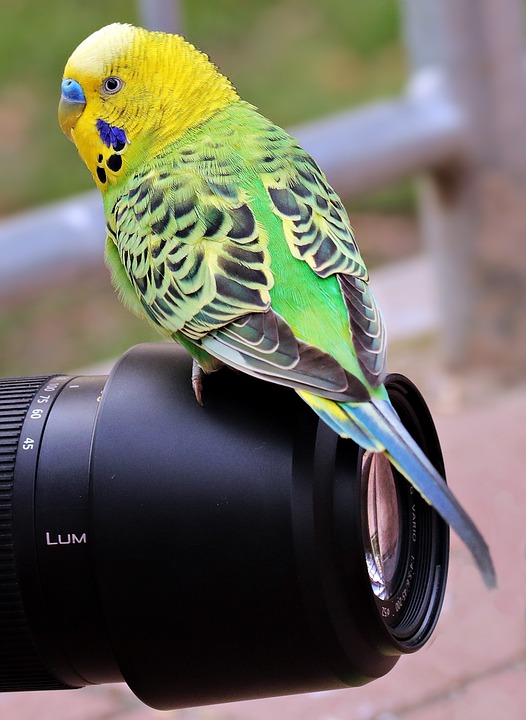Parrots are fascinating creatures known for their ability to mimic sounds and human speech. Their response to environmental sounds is a captivating aspect of their behavior that showcases their adaptability and keen perception. In this article, we will explore how parrots respond to various environmental sounds and delve into the reasons behind their fascinating behavior.
One of the most impressive abilities of parrots is their vocal imitation. They have an exceptional talent for mimicking human speech and often respond to environmental sounds by repeating or mimicking them. This behavior highlights their aptitude for vocal learning. Additionally, parrots can reproduce other animal sounds such as dogs barking or cats meowing. Their ability to accurately replicate these sounds demonstrates their remarkable auditory capabilities.
Parrots also exhibit alarm calls in response to potential threats. With their keen sense of hearing, they can quickly detect unfamiliar or alarming sounds in their environment. They respond to such sounds by emitting loud, distinct alarm calls, warning others of potential danger. These alarm calls also serve as a means of communication within parrot flocks, enabling them to stay connected and respond collectively to threats or disturbances.
Emotional responses are another intriguing aspect of parrot behavior. They often display excitement and happiness when they hear sounds associated with positive experiences, such as their favorite songs or the sound of their owners returning home. They may exhibit playful behavior or vocalize with joy. On the other hand, certain sounds can trigger fear or anxiety in parrots, causing them to exhibit signs of stress like feather plucking, pacing, or vocalizing in distress. It’s important to create a calm and secure environment for them to minimize such reactions.
Parrots also exhibit curiosity and exploration when it comes to environmental sounds. They are naturally curious creatures and tend to investigate new sounds in their environment. They may approach the source of the sound, investigate it with their beak, or use their heightened visual acuity to locate the origin. For parrots, environmental sounds provide learning opportunities, as they observe human activities or other sounds they encounter, integrating them into their repertoire of mimicked sounds.
To address some frequently asked questions about parrot behavior and responses to environmental sounds, it’s important to note that while most parrot species possess the ability to mimic sounds, some species, such as African Grey Parrots and Amazon Parrots, are particularly renowned for their exceptional mimicking skills. Parrots have excellent auditory discrimination abilities and can differentiate between various sounds, recognizing familiar sounds and differentiating between different voices. Creating a stimulating sound environment for your pet parrot can involve exposing them to a variety of sounds, such as music, nature sounds, or even recordings of other parrots. However, it’s crucial to ensure the sounds are not too loud or disturbing for your parrot. If your parrot displays signs of fear or anxiety in response to certain sounds, it’s important to create a safe and reassuring environment for them. Gradually desensitizing them to the sound by playing it at a low volume and rewarding them with treats or praise for calm behavior can be helpful.
In conclusion, parrots’ response to environmental sounds is a captivating aspect of their behavior that highlights their intelligence, adaptability, and social nature. Understanding their reactions to different sounds helps us provide an enriched environment that promotes their well-being. By appreciating the fascinating ways parrots respond to sounds, we can deepen our bond with these remarkable creatures.

